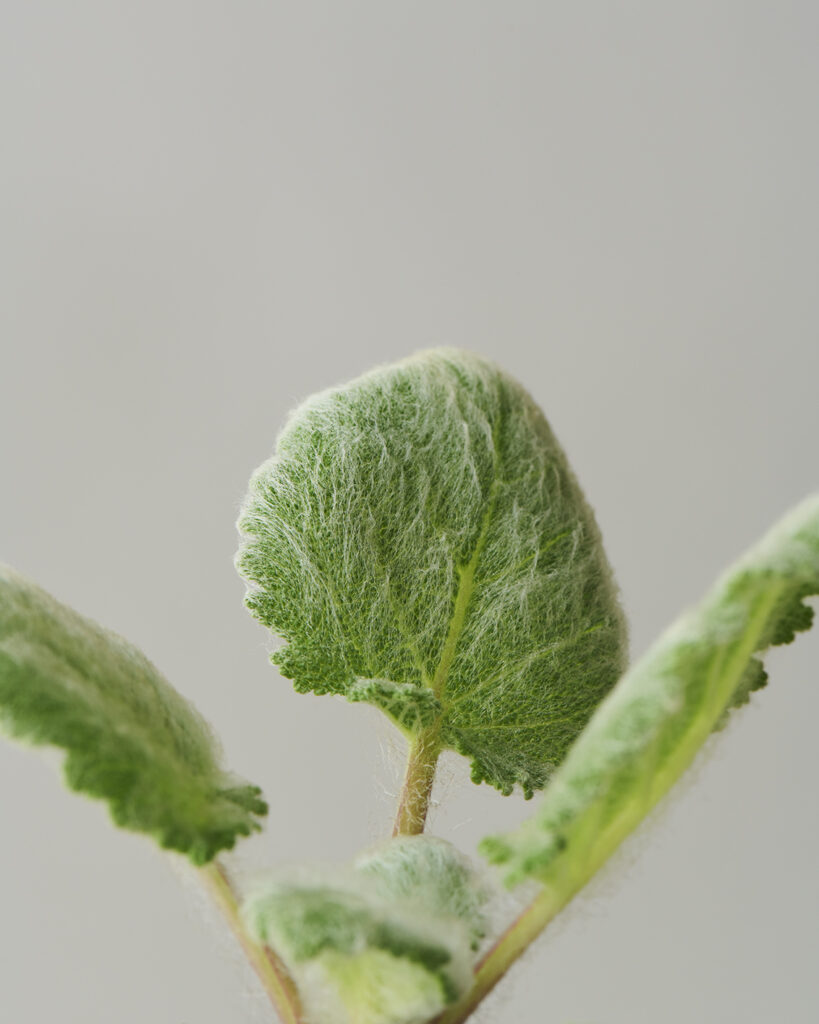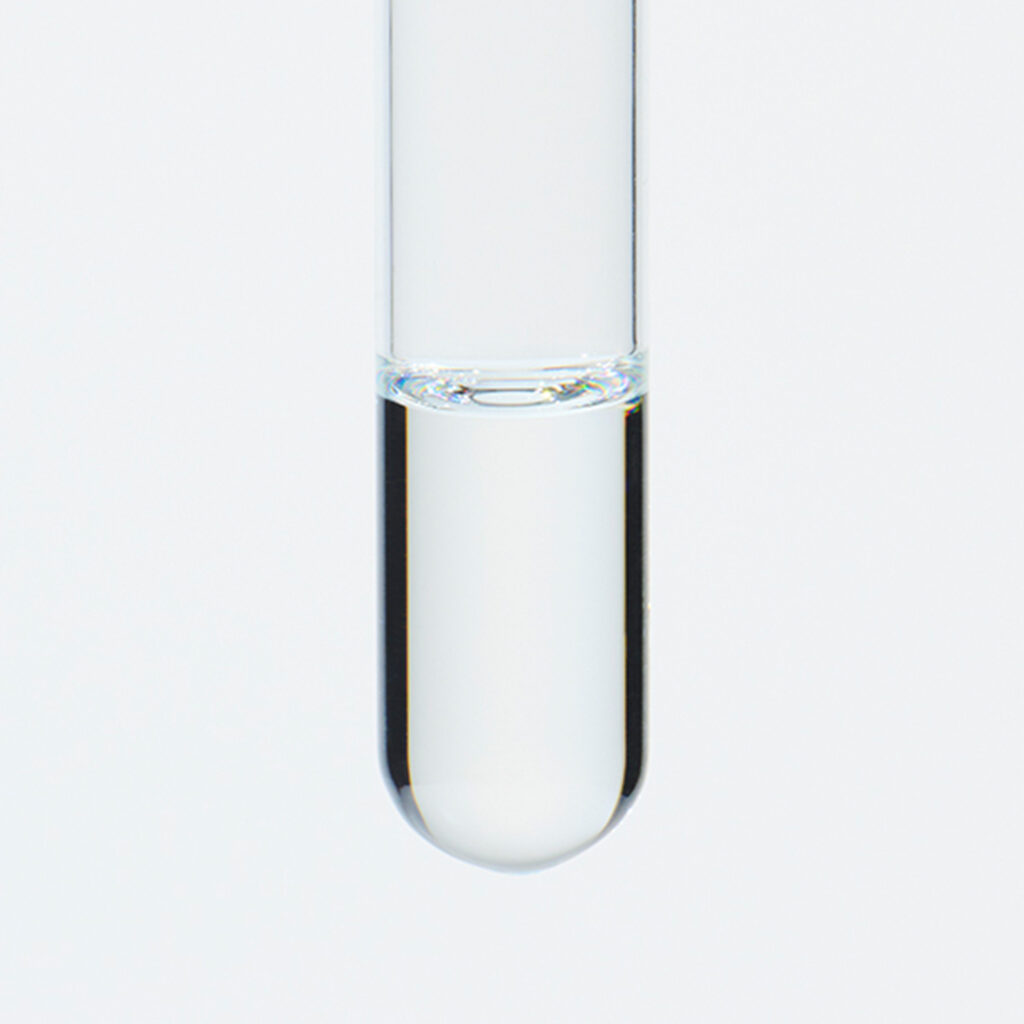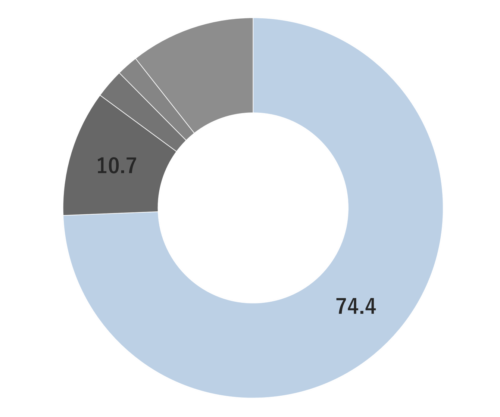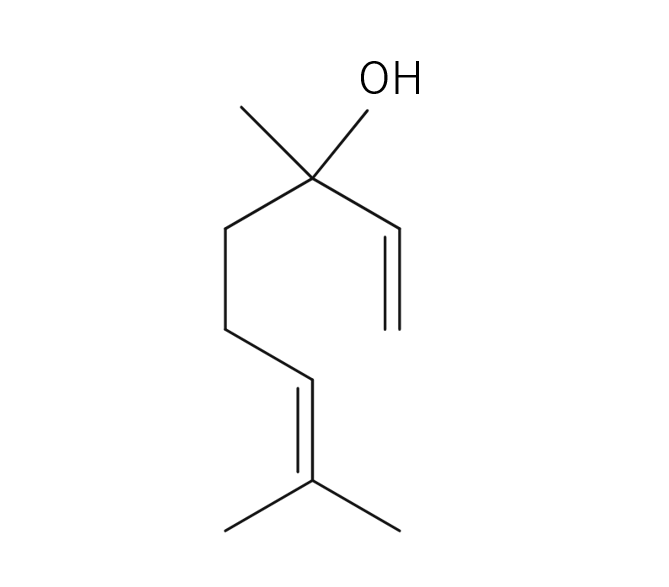Approximately 0.05%-0.1% of Clary Sage essential oil is obtained by steam distillation from its leaves and flowers, and has a light yellow to yellowish color. Its primary constituent is linalyl acetate, well-known for its relaxing properties. It has a herbal fragrance with a sweet, muscat-like aroma, combining both a tranquil, deep sweetness and a somewhat dry quality within a fresh, green undertone. Despite being considered a challenging essential oil to work with, Clary Sage pairs well with refreshing Peppermint, Eucalyptus, Lemon, as well as deeper scents like Patchouli, Neroli, and Rose. While the fragrance's intensity is not overpowering, it is advisable to begin with a small quantity and gradually adjust blending to maintain the desired aromatic balance.




